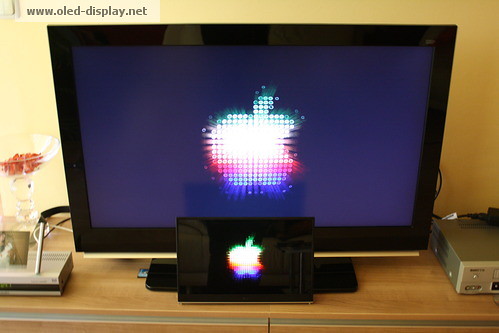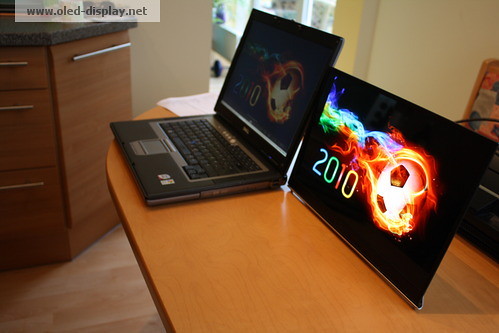monitorrat
Limp Gawd
- Joined
- Jun 7, 2010
- Messages
- 221
I happen to believe that the display is the most important part of a computer setup and fortunately it is also a much better investment (if you could call it that) that easily outlives the computer it is being driven by. Most people however sees the display as some necessary evil and that the best display is the one which cost the least per inch. With that mindset yes, the advancements are substantial. With my look on it, it's quite sad and thats not something that has so much to do with having much money or not.
You know, this is pretty true. You will even see quite a few photographers buy a few $1200, or even $3000, lenses and $80 filters and so on, and then go around asking what $150 TN panel is good hah.
![[H]ard|Forum](/styles/hardforum/xenforo/logo_dark.png)

